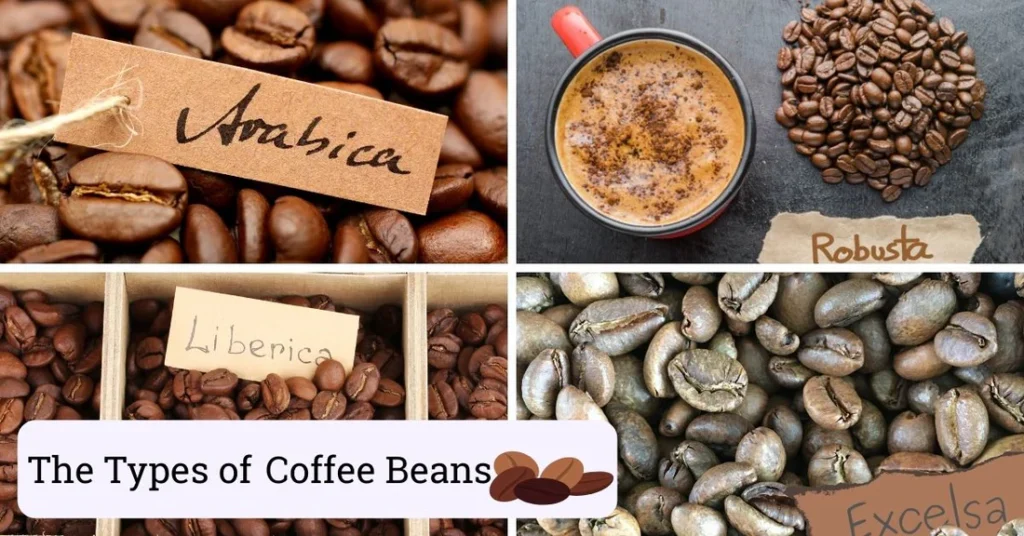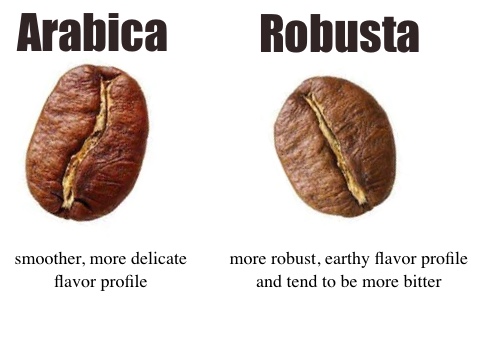
For example, I experimented with Colombian Supremo beans for my French press. The rich, nutty flavor with a hint of caramel was a revelation. Later, I discovered Ethiopian Yirgacheffe for pour-over brewing and was blown away by its floral and fruity notes. Each choice taught me how regional nuances and freshness impact the flavor profile.
How My Coffee Machine Helped Maximize Bean Flavor
While experimenting with beans, I also invested in a reliable coffee machine, which became a game-changer. My machine, equipped with a built-in grinder, allowed me to grind beans fresh for every brew. Initially, I doubted whether such a machine would make a significant difference, but I soon realized its value.
Why a Good Coffee Machine Matters
- Freshly Ground Beans: Grinding beans just before brewing preserves volatile flavors that pre-ground coffee loses quickly.
- Consistent Extraction: My machine ensures even water flow through the grounds, a key factor in achieving balanced flavor.
- Customizable Settings: The ability to adjust grind size, water temperature, and brew strength lets me tailor every cup.
I still remember the first cup I brewed using freshly ground Sumatra Mandheling beans in my machine. The full-bodied richness and earthy notes were far superior to my previous brewing attempts with pre-ground coffee. It was a pivotal moment that solidified my love for exploring coffee beans and brewing techniques.
Types of Coffee Machines for Different Coffee Enthusiasts
Choosing the right coffee machine can significantly impact your experience. Here’s a breakdown of common options:
Drip Coffee Machines
- Best For: Casual drinkers who want convenience.
- Features: Simple operation with programmable settings.
- My Experience: Before I upgraded, I used a basic drip coffee maker. It worked well with medium roast beans but lacked the depth and richness I craved.
Espresso Machines
- Best For: Espresso lovers and latte aficionados.
- Features: Offers high-pressure brewing, essential for pulling rich, crema-topped shots.
- My Experience: I eventually invested in a semi-automatic espresso machine. Using a blend of Brazilian and Indian beans, I achieved a robust, chocolatey shot perfect for cappuccinos.
French Press
- Best For: Coffee purists who enjoy full-bodied brews.
- Features: No filter absorbs oils, allowing bold flavors to shine.
- My Experience: Brewing Kenyan beans in a French press yielded vibrant, wine-like flavors with a silky texture.
Single-Serve Pod Machines
- Best For: Those who prioritize convenience over complexity.
- Features: Quick brewing with minimal cleanup.
- My Experience: While convenient, I found pod machines limited in flavor customization compared to grinding fresh beans.

Practical Tips for Brewing Better Coffee at Home
Investing in a coffee machine is just one part of the puzzle. Here are some additional steps I’ve taken to elevate my home coffee experience:
- Calibrate Your Grinder: Proper grind size ensures optimal extraction. For example, coarse grinds work best for French press, while fine grinds are ideal for espresso.
- Measure Consistently: I use a digital scale to measure beans and water, maintaining a consistent coffee-to-water ratio of 1:16.
- Experiment with Water Temperature: I found that brewing between 195°F and 205°F extracts the best flavors without bitterness.
- Use Fresh Water: Avoid tap water with high mineral content, as it can alter the taste. I always use filtered water for brewing.
A Balanced Perspective on My Coffee Journey
Owning a coffee machine that complements quality beans has been transformative for me, but it’s not without its challenges. For instance, there was a learning curve in understanding how grind size and water temperature affect flavor. My first attempts with Ethiopian beans tasted flat because I used water that was too hot. Over time, experimenting with settings helped me unlock their delicate floral notes.
Another challenge was justifying the upfront cost of a premium coffee machine. Initially, I hesitated to invest in a higher-end model, but when I calculated how much I spent on café visits, it felt like a reasonable trade-off. Today, I save both time and money while enjoying café-quality coffee at home.
Exploring Use Cases for Coffee Machines
Whether you’re a casual drinker or a coffee enthusiast, a good coffee machine adapts to your needs. Here’s how I’ve made the most of mine:
- Morning Routine: Every morning, I use my machine to brew a quick espresso. Adding steamed milk creates a creamy latte that powers me through busy workdays.
- Weekend Indulgence: On weekends, I enjoy experimenting with pour-over-style settings for single-origin beans. The results feel like a mini café experience.
- Entertaining Guests: When hosting, my machine’s ability to brew multiple cups quickly impresses friends and family.
How Coffee Brings People Together
Beyond the technical aspects, coffee holds a deeper, almost ritualistic value in my life. Some of my fondest memories revolve around brewing and sharing coffee with loved ones. Whether it’s a quiet morning with my partner, enjoying the bright acidity of Costa Rican beans, or catching up with friends over bold espresso shots, coffee has become a centerpiece of connection and conversation.
Conclusion
The world of coffee beans and brewing is rich with possibilities. From understanding the nuances of different origins to experimenting with various machines and methods, there’s always something new to learn and enjoy. While my coffee machine has undoubtedly enhanced my experience, the true magic lies in exploring the endless combinations of beans, roasts, and techniques that suit your personal taste.
If you’re considering elevating your coffee game, start by experimenting with high-quality beans. Pair them with a machine that fits your lifestyle, and don’t be afraid to make mistakes. Every misstep brings you closer to the perfect cup.
FAQ: Common Questions About Coffee Machines and Beans
Q: Can I use any type of coffee bean in a coffee machine?
A: Yes, but some beans suit specific brewing methods better. Experiment with different origins and roasts to find your preference.
Q: How often should I clean my coffee machine?
A: Clean your machine weekly and descale it monthly to maintain optimal performance and flavor.
Q: What is the best grind size for espresso machines?
A: Use a fine grind for espresso to ensure proper extraction under high pressure.
Q: Are single-origin beans better than blends?
A: Single-origin beans highlight specific regional flavors, while blends balance multiple flavor profiles. It depends on your preference.
Q: Can I use flavored coffee beans in my machine?
A: Yes, but flavored beans can leave residue, so clean your grinder and machine thoroughly after use.
Q: What’s the difference between a semi-automatic and fully automatic espresso machine?
A: Semi-automatic machines give you more control over brewing, while fully automatic models handle most processes for convenience.
Q: How do I know if my water temperature is correct?
A: Use a thermometer or invest in a machine with temperature control. Brew between 195°F and 205°F.
Q: Do dark roasts require a different brewing technique?
A: Dark roasts are more forgiving but can become bitter if over-extracted. Use slightly cooler water to balance their robust flavor.
Q: Can I use pre-ground coffee in my machine?
A: Yes, but grinding fresh beans delivers superior flavor and aroma.
Q: What’s the best way to store coffee beans?
A: Keep them in an airtight container away from light, heat, and moisture. Avoid freezing, as it can affect flavor and texture.